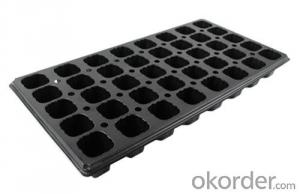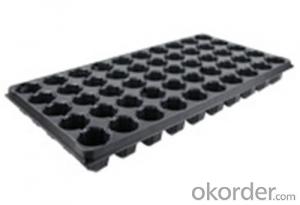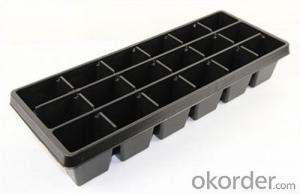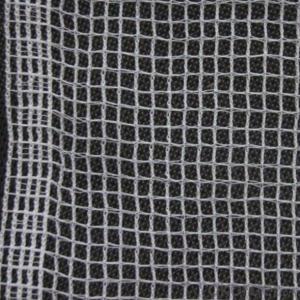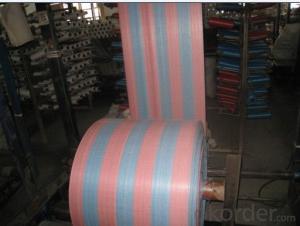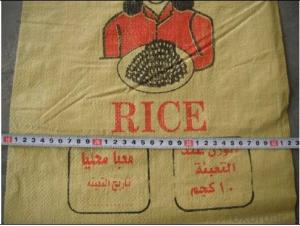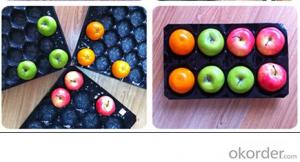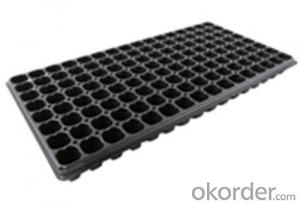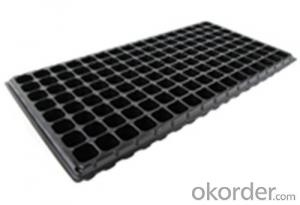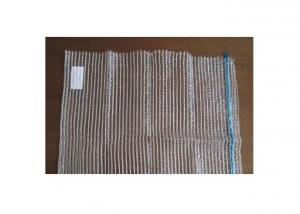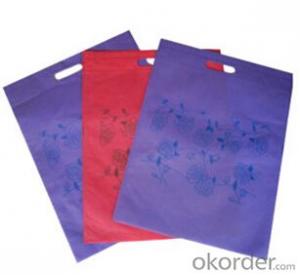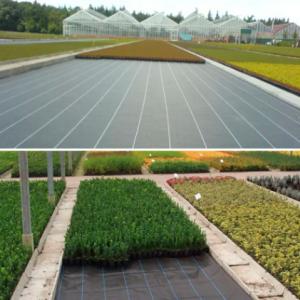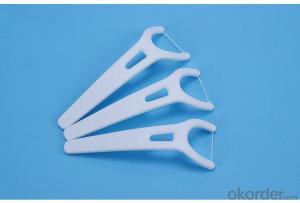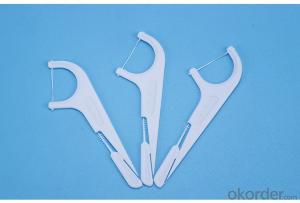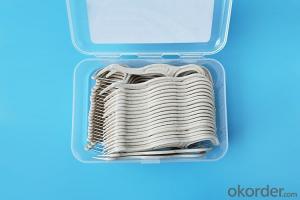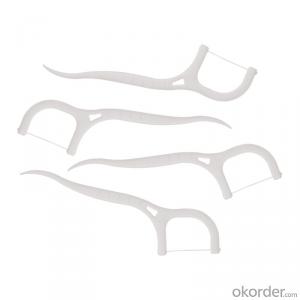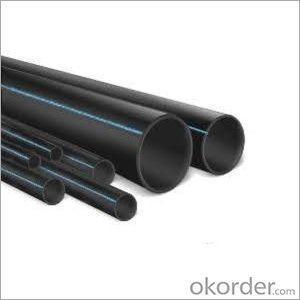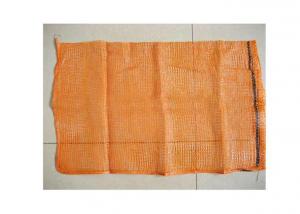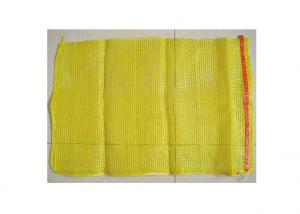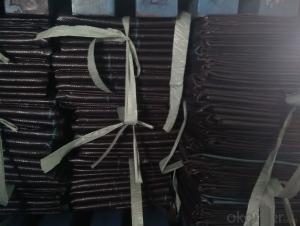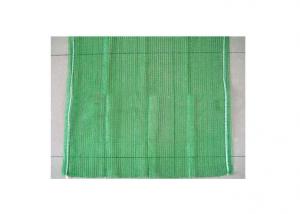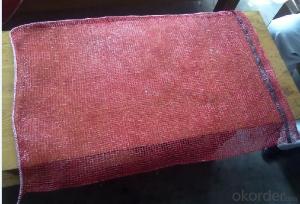Plastic Seed Tray Plug Tray for Green House Nursery Plug Tray
- Loading Port:
- China main port
- Payment Terms:
- TT OR LC
- Min Order Qty:
- 1000 pc
- Supply Capability:
- 100000 pc/month
OKorder Service Pledge
OKorder Financial Service
You Might Also Like
Structure of the seed tray:
Top quality and competitive price.
Variety design and good appearance.
Easy to use, and remove.
Durable and reusable.
Eco-Friendly.
Description Main Features of the seed tray:
Ideal for Starting seeds and Transplanting Seedling.
Suitable for both manual and automatic planting.
Suitable for Propagating Vegetables, Flowers and other plant from seed in green-house or indoors.
Seed Tray Images:
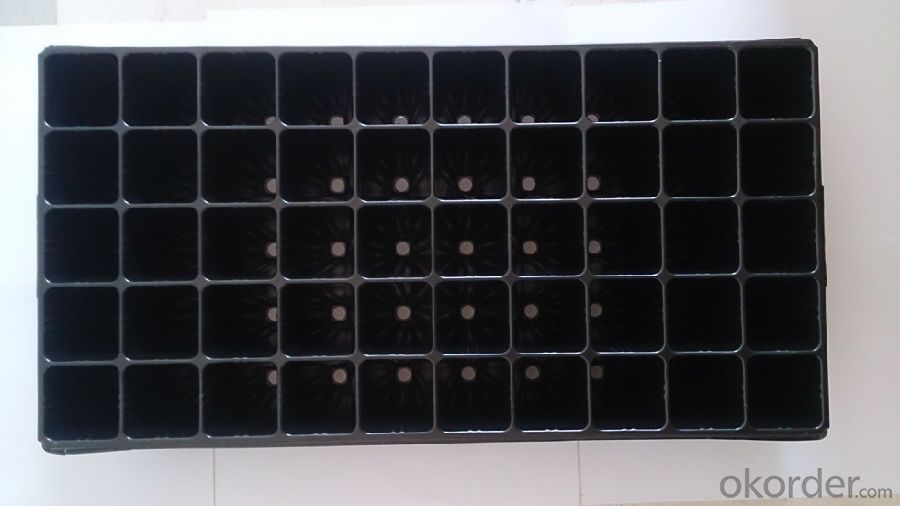
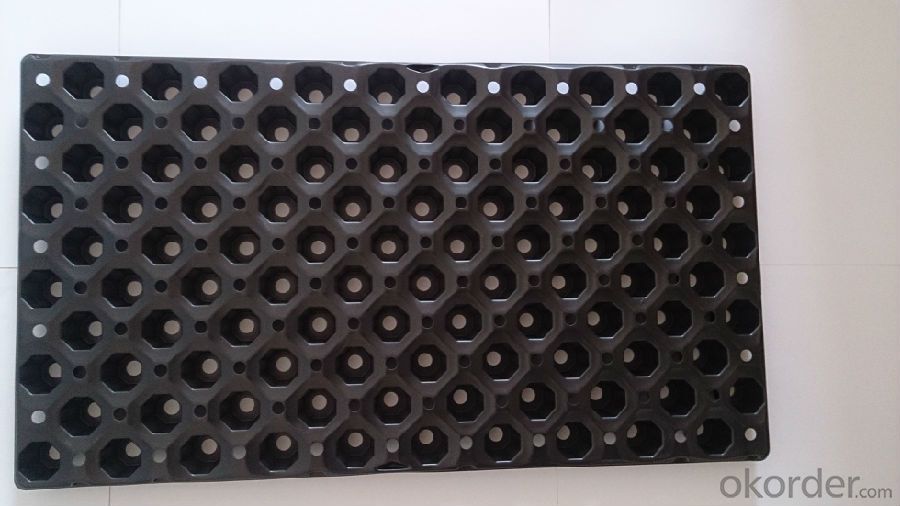
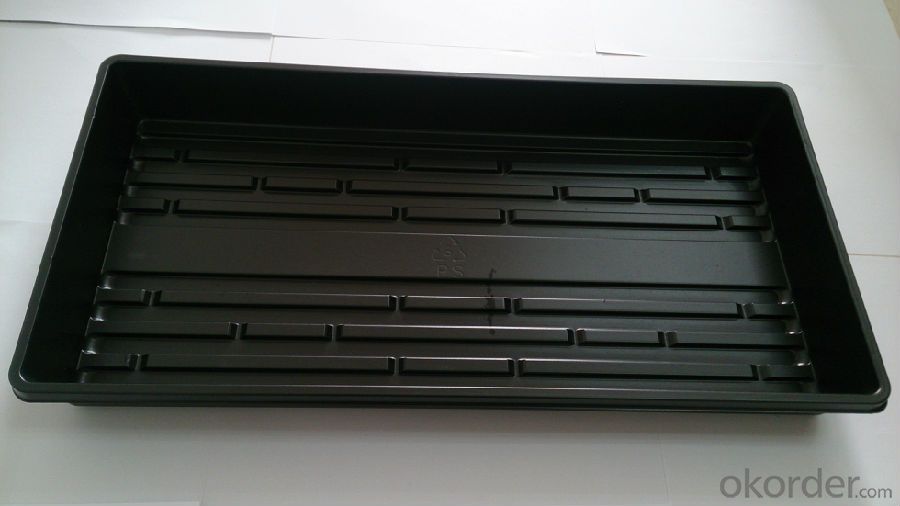
Seed Tray Specification:
Material: HIPS/PVC
Thickness: 0.5mm-1.5mm, Standard:1mm
Weight: 80g(±5)g-230g(±5)g, Standard weight:155g(±5)g
Size: length:490mm-540mm, width:190mm-345mm,depth:25mm-150mm
Standard:54mmX28mm
Cell count: 18-512
Package: carton
Using time: 8-10 times
FAQ:
Q:How Can I Get A Sample?
A:You can get samples by communicate with our export sales.
Q:How Long Is Delivery?
A:Delivery time will be 7-25 days according to order quantity.
Q:What Is The MOQ?
A:Our MOQ is 1*20FT container quantity, allow to mix several items.
Q:What Is Our Normal Payments Terms?
A:Our normal payment terms now is T/T, L/C or Western Union,Papal.
Q:How Do I Order Your Products?
A:You can check our website for any items you interest and you can also get communication with our export sales and order for it accordingly.
Q:What Kinds Of Material We Use In Our Product?
A:Our plastic flower pots use material such as PP polymer or PE polymer.
Thickness vs. Weight
Thickness of trays are from 0.5mm to 1.0mm.
1.0mm: 155g±5g; 100pcs/ctn.
0.9mm: 140g±5g; 120pcs/ctn.
0.7mm: 110g±5g; 150pcs/ctn.
0.6mm: 95g±5g; 180pcs/ctn.
0.5mm: 80g±5g; 200pcs/ctn.
Using time:
thickness of 0.5mm can be used 1 to 2 times.
thickness of 0.6mm can be used 3 to 4 times.
thickness of 0.7mm can be used 5 to 6 times.
thickness of 0.8mm can be used 7 to 8 times.
thickness of 0.9mm can be used 8 to 9 times.
thickness of 1.0mm can be used 8 to 10 times.
- Q:My horse is scared of plastic.What should I do?
- Okay, i have helped other people with this problem... you need to spend a lot of time with your horse in a arena or round pen....you need to to get a lung line or a 12 foot to 16 foot lead rope. i would use the 12-16 foot lead rope for shorter control. now after you spend about 15 min lunging your horse. bring a empty water bottle and slowly set it on the dirt. take your horse near the water bottle but not too close and just stand there. then walk your horse around the water bottle. make sure the horse can see it. walk in different directions. occasionly getting closer to the water bottle. praise your horse for good behavior. if your horse starts to freek out turn your horse so his butt is facing the water bottle. calm your horse. after he has calmed repeat the process again. prasing your horse when he is doing a great job. After you can safley move your horse around the water bottle, pick up the water bottle and hold it in your hand that you are not leading your horse with. let your horse smell the water bottle. as soon as he smells it pull it away. do this a couple times then act as though the water bottle is your hand. pet your horse with the water bottle and praise him! now all horses are different...you may have to keep going over these steps...but eventually your horse will get over his phobia....with time and patients and presistance you will acomplish your goals with your great horse!
- Q:How do I propagate ground cover plants?
- To propagate ground cover plants, you can use various methods such as division, stem cuttings, or layering. Division involves separating an established plant into smaller sections and replanting them. Stem cuttings involve taking healthy stems, removing the leaves from the lower portion, and placing them in a suitable rooting medium. Layering is another method where you encourage a stem or branch of the plant to root while still attached to the parent plant. These methods help you create new plants from existing ones and spread the ground cover effectively.
- Q:Can ground cover plants be used to create a natural pest repellent?
- Yes, ground cover plants can be used to create a natural pest repellent. Some ground cover plants have natural repellent properties that can help deter pests such as mosquitoes, ants, and other insects. For example, plants like marigolds, mint, and lavender are known to have strong scents that repel pests. Additionally, certain ground cover plants can attract beneficial insects like ladybugs and lacewings, which can help control pest populations naturally. Overall, using ground cover plants as a natural pest repellent can be an effective and eco-friendly solution for managing pests in gardens and landscapes.
- Q:Can ground cover plants be used to reduce soil erosion on riverbanks?
- Yes, ground cover plants can be effectively used to reduce soil erosion on riverbanks. These plants have extensive root systems that help stabilize the soil and prevent it from being washed away by water currents. Additionally, the dense foliage of ground cover plants provides a protective layer that reduces the impact of rainfall and minimizes the erosion caused by surface runoff.
- Q:What are the different types of agricultural plastic sprayers and applicators?
- There are several different types of agricultural plastic sprayers and applicators available on the market. These include hand-held sprayers, backpack sprayers, tow-behind sprayers, and tractor-mounted sprayers. Hand-held sprayers are portable and ideal for small-scale applications, while backpack sprayers offer more capacity and mobility. Tow-behind sprayers are designed to be pulled behind an ATV or tractor, allowing for larger coverage areas. Tractor-mounted sprayers are the most efficient and commonly used for larger agricultural operations, as they can cover large areas quickly and effectively.
- Q:would I be able to use a small plastic container(non-toxic) (the one were u can put food in) to make small caves for my fish?
- Plastic can dissolve very slowly over time, and some plastic has sharp edges. You would be safer useing somthing dish washer safe. anything dishwasher safe is pretty much garanteed not to dissolve. If the plastic container is dishwasher safe, it should be ok, Fired ceramics are safe, mugs glasses and cups with no cracks are safe,
- Q:What are the different types of agricultural plastic trays?
- There are various types of agricultural plastic trays used in farming practices. Some common types include seedling trays, nursery trays, propagation trays, and harvest trays. Seedling trays are used to germinate and grow young plants, while nursery trays are larger and designed for nurturing young plants before transplanting. Propagation trays are used for vegetative propagation or plant cloning. Harvest trays, on the other hand, are used to collect and transport harvested produce. These trays come in different sizes, shapes, and materials, catering to specific agricultural needs and practices.
- Q:Can nursery trays be used for starting groundcover transplants?
- Yes, nursery trays can be used for starting groundcover transplants. Nursery trays provide a controlled environment for germinating seeds or starting small plants, making them suitable for starting groundcover transplants before transferring them to the ground.
- Q:Are nursery trays suitable for starting aromatic herbs?
- Yes, nursery trays are suitable for starting aromatic herbs. They provide an ideal environment for seed germination and root development, allowing the herbs to establish before transplanting them into their final growing location. Nursery trays also help with organization and space management, making it easier to care for multiple herbs at once.
- Q:What are the different types of plastic buckets used in agriculture?
- There are several types of plastic buckets commonly used in agriculture, including feed buckets, water buckets, milk buckets, and grain buckets. Each type serves a specific purpose, such as storing and transporting animal feed, watering livestock, collecting milk from cows, or holding grains during harvesting. These buckets are made from durable and food-grade plastic materials to ensure long-lasting use and maintain hygiene standards in agricultural settings.
1. Manufacturer Overview |
|
|---|---|
| Location | |
| Year Established | |
| Annual Output Value | |
| Main Markets | |
| Company Certifications | |
2. Manufacturer Certificates |
|
|---|---|
| a) Certification Name | |
| Range | |
| Reference | |
| Validity Period | |
3. Manufacturer Capability |
|
|---|---|
| a)Trade Capacity | |
| Nearest Port | |
| Export Percentage | |
| No.of Employees in Trade Department | |
| Language Spoken: | |
| b)Factory Information | |
| Factory Size: | |
| No. of Production Lines | |
| Contract Manufacturing | |
| Product Price Range | |
Send your message to us
Plastic Seed Tray Plug Tray for Green House Nursery Plug Tray
- Loading Port:
- China main port
- Payment Terms:
- TT OR LC
- Min Order Qty:
- 1000 pc
- Supply Capability:
- 100000 pc/month
OKorder Service Pledge
OKorder Financial Service
Similar products
New products
Hot products
Hot Searches
Related keywords
